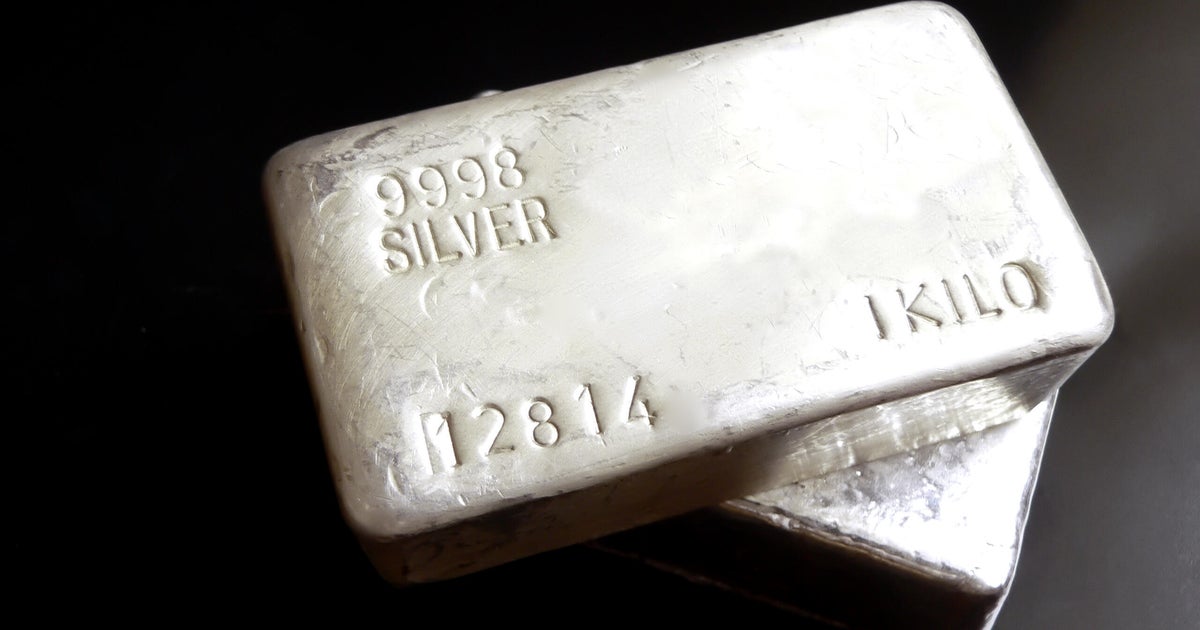When should you invest in gold?
Amid high inflation, stock market volatility and uncertainty in world affairs, investors are looking for ways to stabilize their portfolios. If you want to steady your holdings, you may consider investing in gold, which is often seen as a hedge against inflation.
Still, gold isn't for everyone, and you should consider several factors before investing in the metal. Timing is one important variable, as there are specific times and scenarios when investing in gold makes more sense. Before you begin the process, take a moment to learn the most ideal times to invest in gold.
Start by requesting a free wealth protection kit so you can learn more about this unique investment opportunity.
When should you invest in gold?
The timing behind gold investing is not an exact science. With that being said, there are better times than others to invest in the precious metal. Here are four to know:
When looking for a hedge against inflation
Gold has a low correlation with other asset classes. In fact, the value of gold has an inverse relationship with the value of the dollar. When the value of the dollar goes down—as it does in an inflationary environment— gold's value rises, and vice versa.
Investors react to the dollar's plummeting value by seeking the security of gold, which boosts its value. This inverse relationship is why gold is often considered a hedge against inflation.
One of the reasons gold is seen as secure is because it is a physical asset you can store and trade. Investors seek this security in times of inflation and world turmoil, making it a worthy consideration as an inflationary safeguard.
When looking to diversify a portfolio
Another time you might invest in gold is when you want to create a more diverse portfolio. That's because gold is commonly perceived as a safe haven asset since it has a low correlation with other assets, such as the stocks and bonds markets. Generally, when other markets crash, the price of gold rises. Adding some commodities like gold, silver, or other precious metals to your portfolio could lower your overall risk.
Of course, investments in any asset class will deliver both positive and negative returns at any given time. As such, a diversified portfolio may deliver a lower return. After all, earning higher returns typically involves accepting more significant risks.
But diversifying your portfolio is about striking the right balance between risk and reward. Having some gold, silver, or other precious metals in your portfolio is an excellent approach to diversifying your holdings and helping you reach your financial goals.
Get more information about how gold can diversify your portfolio here.
When you are younger
Investing in gold may be a better option for younger investors with a longer time horizon than their older counterparts. Generally, younger investors have decades before retirement, allowing them to take on more risk.
On the other hand, older investors and those living on a fixed income have less room for error. As such, they may benefit more from income-producing investments, such as real estate, certificates of deposit (CDs,) and bond ladders.
No matter your age, reserving a portion of your portfolio in precious metals could help cushion the impact when the stock market experiences a volatile event such as the dot-com crash of the early 2000s or the financial crisis that took place later that decade.
When the time is right
Statistically speaking, some months of the year are better than others for buying gold. According to GoldSilver, the best months to invest in gold are in early January, March, and early April, and then again from June to early July. The bullion dealer and services company discovered these advantageous periods after analyzing the average performance of gold every day from 1975 to 2021.
What's the best time to invest in gold? GoldSilver's analysis found that January is the best month to buy gold since, historically, the lowest price for gold in a calendar year is in January. So, if you're considering gold, you should be prepared to act soon.
Add gold strategically to your portfolio
While gold can stabilize your portfolio and hedge against inflation, it doesn't provide the long-term return on investment as equities. Consequently, many financial experts recommend capping your gold investment at 5% to 10% of your portfolio.
Fortunately, gold is easy to purchase since it's available in many forms—from physical gold to gold stocks, gold IRAs, ETFs, and mutual funds. If you're unsure how or when to invest in gold, consider speaking with a gold expert.






